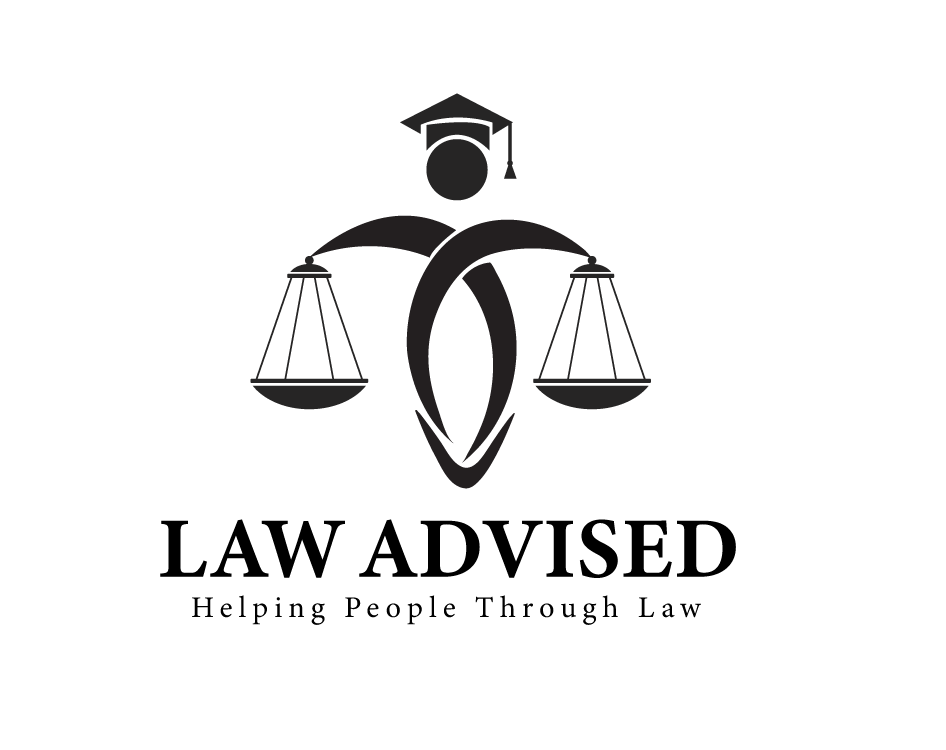
As an affiliate, we may earn a commission from qualifying purchases. We get commissions for purchases made through links on this website from Amazon and other third parties.
How to Remove Escrow from MortgageAre you tired of dealing with an escrow account for your mortgage? Escrow accounts can feel restrictive, but fortunately, there are steps you can take to remove this requirement from your mortgage. In this article, we will guide you through the process, giving you the freedom and control over your financials that you desire.
Escrow is a financial arrangement where a third party holds funds on behalf of two other parties involved in a transaction. In the context of a mortgage, an escrow account is set up to hold funds collected for property taxes, homeowners insurance, and other related expenses. Lenders often require escrow accounts as a way to ensure that these payments are made on time.
While escrow accounts offer convenience in managing your finances, there are several reasons why you might want to remove them from your mortgage:
Now that you understand the benefits, let’s explore the steps to remove escrow from your mortgage:
Start by thoroughly reviewing your mortgage agreement to understand the terms and conditions related to escrow. Look for any clauses or requirements related to escrow, including any fees or penalties that may apply if you decide to remove it.
Reach out to your lender and express your desire to remove escrow. Ask for the specific requirements or paperwork needed to proceed with the process. It is essential to follow their instructions carefully to ensure a smooth transition.
Your lender may require you to provide proof of adequate insurance coverage and tax payment history. Compile and submit all necessary documentation to support your case for removing escrow. This documentation may include insurance policies, tax statements, and other related documents.
One important aspect of removing escrow is proving to your lender that you are financially responsible and capable of making timely property tax and insurance payments. Providing evidence of a strong credit score and stable income can help strengthen your case.
If your lender initially denies your request, ask for a formal review of your mortgage agreement. Be persistent and provide any additional information or clarification that may be needed to support your case. It’s important to maintain open and honest communication during this process.
If your lender continues to deny your request or you encounter any legal difficulties, it may be beneficial to seek professional legal advice. A real estate attorney can guide you through the process, ensuring that your rights are protected and all necessary steps are taken.
To remove escrow from your mortgage, you will typically need to contact your lender and meet certain criteria, such as having at least 20% equity in your home and a good payment history.
Yes, it is possible to remove escrow without refinancing. You can contact your lender and request to have escrow removed if you meet certain criteria, such as having a high credit score and a low loan-to-value ratio.
Removing escrow from your mortgage can provide you with more control over your finances. You will be responsible for paying your own property taxes and insurance directly, which may give you the flexibility to shop around for better rates.
Some lenders may charge a fee to remove escrow from your mortgage. It’s important to review your loan agreement or contact your lender to understand any potential fees involved.
Removing escrow from your mortgage can provide you with greater financial freedom and control. By following these steps and maintaining open communication with your lender, you can pursue a mortgage structure that aligns with your goals and preferences. Remember, it’s vital to thoroughly review your mortgage agreement and seek professional advice if needed. Best of luck on your journey to remove escrow from your mortgage!